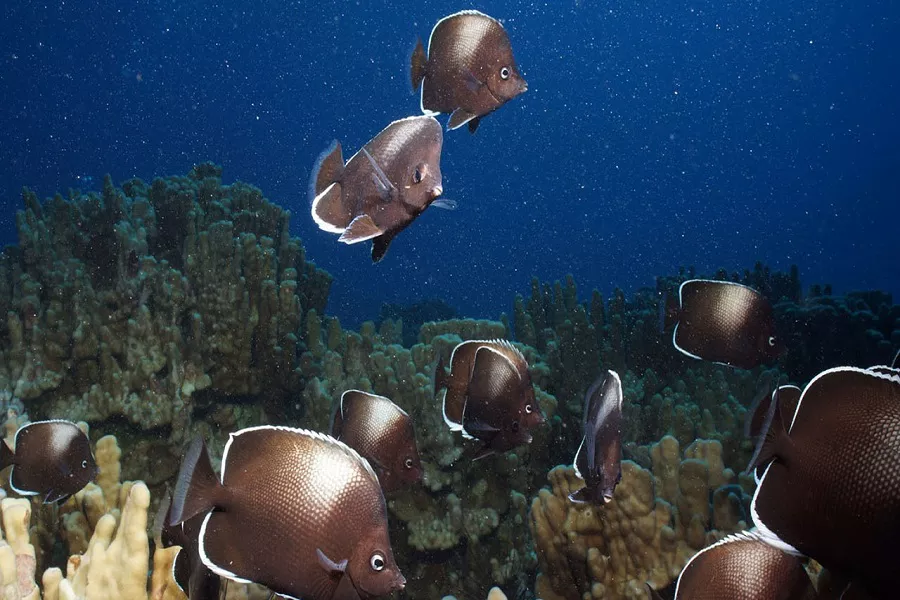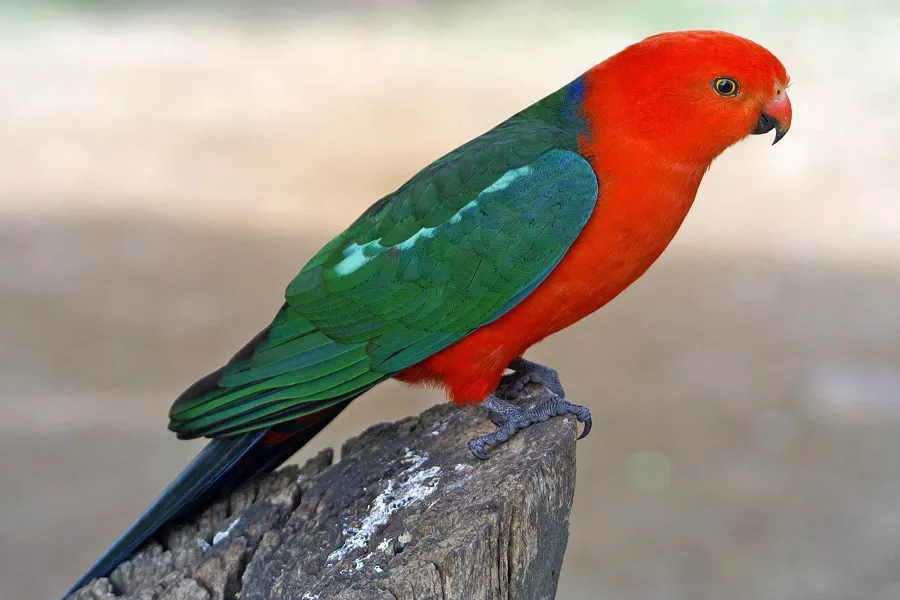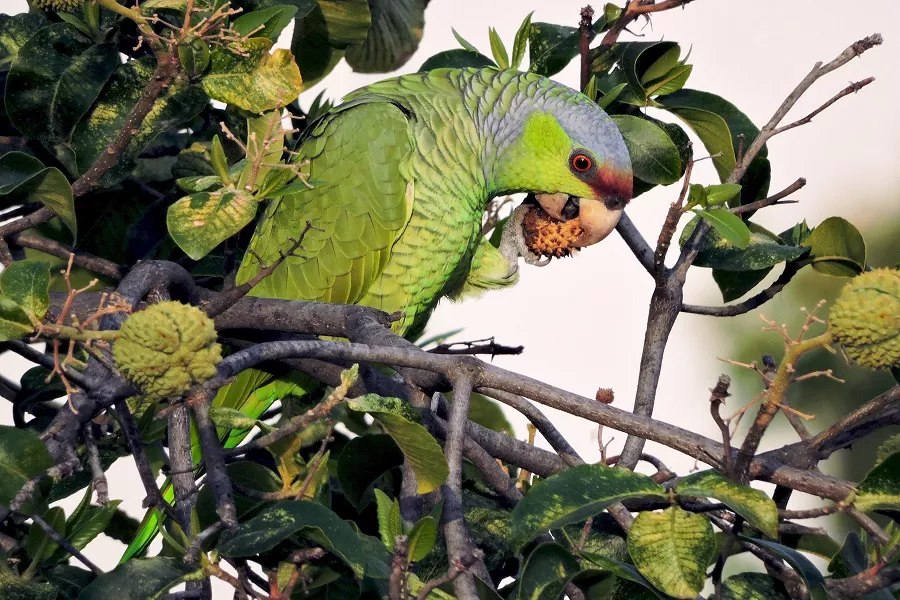What is easter island butterflyfish?
The white-headed butterflyfish, also known as the Easter Island butterflyfish, is one of the butterflyfish family of the ray-finned fish order Perciformes. It is classified as a secondary conservation animal by IUCN. This fish is distributed on Easter Island in the southeastern Pacific Ocean and is endemic to the area. The local climate is subtropical, which is very suitable for the survival of this species.
What does easter island butterflyfish look like?
The body of this fish is square and round, with a pointed snout, and the whole body is brown, which is the most filthy species. The dorsal, anal and caudal fins have white edges and are small in size, up to 15 cm in length. The dorsal fin has 13 spines and 23-25 soft rays; the anal fin has 3 spines and 19-20 soft rays.
Adults are tall and oval in shape, with a straight profile above the head and a slightly concave nose. Muzzle tip, but not elongated into tubular, anterior nostrils with nasal flaps. The front opercular margin is serrated, and the opercular membrane is connected to the isthmus. The teeth of the two jaws are densely arranged. The body is covered with medium scales, but the scales on the back of the body are smaller; the lateral line rises sharply up to below the 9th to 10th spines of the dorsal fin and descends below the terminal edge of the base of the dorsal fin. Single dorsal fin. The body is uniformly tan, with grayish-white spots on each scale on the side of the body, forming a grid pattern. The fins are the same color as the body, the pectoral and caudal fins are slightly paler to transparent, and the dorsal and anal fins have blue-white edges.
easter island butterflyfish living habits
This fish inhabits rocky reefs covered with algae. Carnivorous, juveniles feed on parasites from other fish, adults feed on small invertebrates.
easter island butterflyfish rearing
1. Space: To raise butterflyfish, you first need to provide sufficient space. Although the size of the butterflyfish is not too big, if the number of breeding is relatively large, it is necessary to prepare a large enough fish tank.
2. Water quality: Then pay attention to water quality. The pH value of water is better around 8.3, which is slightly alkaline water. There is also water temperature. Considering that butterflyfish is a tropical fish, it has high requirements for water temperature, so try to keep it above 25 degrees. Not too low, or they will lose their activity and appetite.
3. Change the water: In the process of raising butterflyfish, it is also very important to maintain good water quality. Therefore, regular water changes are required. In general, try to change at least once a week, otherwise the water quality may be dirty. Generally speaking, it is enough to replace about one-third each time, and the water environment cannot be changed too drastically. Filters can be used if necessary.
4. Feeding: Breeding butterflyfish also has to pay attention to feeding. It is best to choose animal feed, such as shrimp, beef heart and so on. Try to feed every day to provide adequate nutrition.
5. Lighting: In addition, lighting is also a more important aspect. Provide a few hours of light a day, the color of the butterflyfish will look good, and it will improve their disease resistance to a certain extent.

























